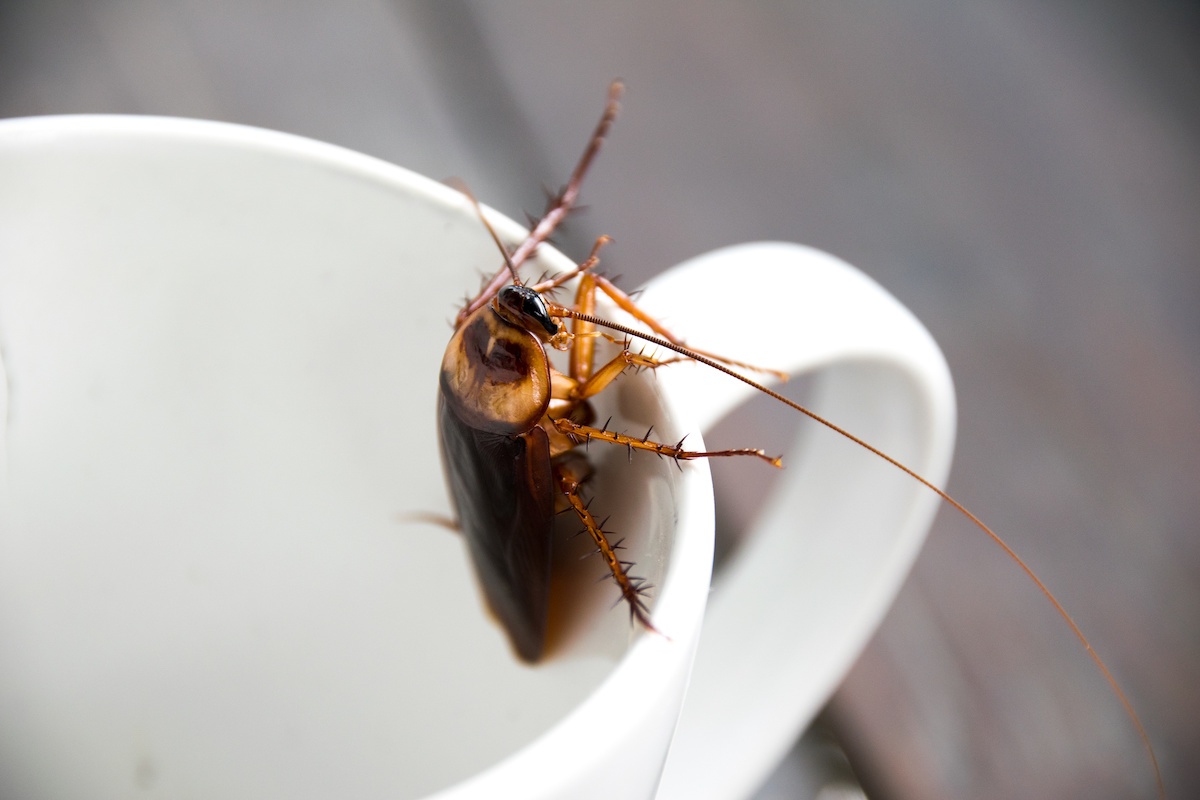
Some cockroaches can take to the air, and many homeowners are surprised to learn this. That hidden power is why you are sometimes met with a startled insect flying as if it lost muscle control when it bans into a wall and goes in another direction. Not all species of cockroaches can fly, and those that can usually fly only during the dark hours of the night.
Flying cockroaches are an evolutionarily advantageous adaptation that has allowed these resilient pests to live for more than 300 million years. Knowing how and why cockroaches fly is useful for pest control measures by Plano exterminators and can help explain some of the strange cockroach activity you might see in your house. This article will highlight which species of cockroach can fly, why they evolved this ability, and why cockroaches do but not fly at night.
Which Cockroaches Fly And Why Do They Only Fly At Night?
Cockroaches learned to fly in order to survive by evading predators, finding food, and locating mates more easily. With millions of years of evolution, these wings gave each species a tremendous advantage over the others when it came to flying across land or being able to escape an attack from a predator.
The most common reason we see that most flying cockroaches take to the air at night only has more to do with temperature and predator evasion. Cockroaches are ectothermic organisms that rely on warmth from the environment to control their body temperature. Daytime warmer temperatures actually allow more efficient flight muscles, but they couldn’t take advantage of that due to survival instinct.
Flying in daylight makes cockroaches particularly susceptible to predators such as birds. In addition, a study has shown that flying cockroaches are strongly attracted to light sources at night. The draw of artificial lighting inside homes also provides me with all the conditions they need to fly at night, as temperatures are fairly stable and there is a lower risk from predators.
Which Cockroaches Can Fly?
Not all of the 4,600+ species of cockroaches in the world are able to fly. Here are the species of flying cockroaches that are common:
- American Cockroach (Periplaneta americana):
Though it has American in its name, this species is thought to have originated in Africa. It has well-formed wings and is capable of short flights, especially for males. They measure 1.5-2 inches in length and are one of the most common species of cockroach.
- Australian Cockroach (Periplaneta australasiae):
Resembles the American cockroach but is smaller in size. Both sexes possess fully developed wings and can fly quite well, as they often do to commute between outdoor garden patches.
- Smokybrown Cockroach (Periplaneta fuliginosa):
These cockroaches are dark brown or mahogany all over and are strong fliers. Research shows that they have been known to fly as far as 150 feet in one go, making them extremely mobile pests.
- Asian Cockroach (Blattella asahinai):
These insects are often confused with German cockroaches; they are robust, frequent fliers. Research from the University of Florida suggests they preferred light-colored surfaces and well-lit spaces at night.
- Pennsylvania Wood Cockroach (Parcoblatta pennsylvanica):
While only the male of this species can fly, the females possess underdeveloped wings and are not capable of flight; they are often found in wooded areas.
Are Flying Cockroaches Harmful?
Yes, flying cockroaches can be a health hazard to humans. They transport pathogens and can spread them to food and surfaces in homes.
Cockroaches can carry at least 33 different kinds of bacteria, including most strains of E. coli and Salmonella, six parasitic worm species, and seven human pathogens. It can also cause allergic reactions and asthma attacks in sensitive people in cases where flying cockroaches transmit a disease. Lastly, cockroach allergens derived from their saliva, feces, and shed skin are some of the most common asthma triggers in urban settings, impacting as many as 60% of people with asthma in some cities.

